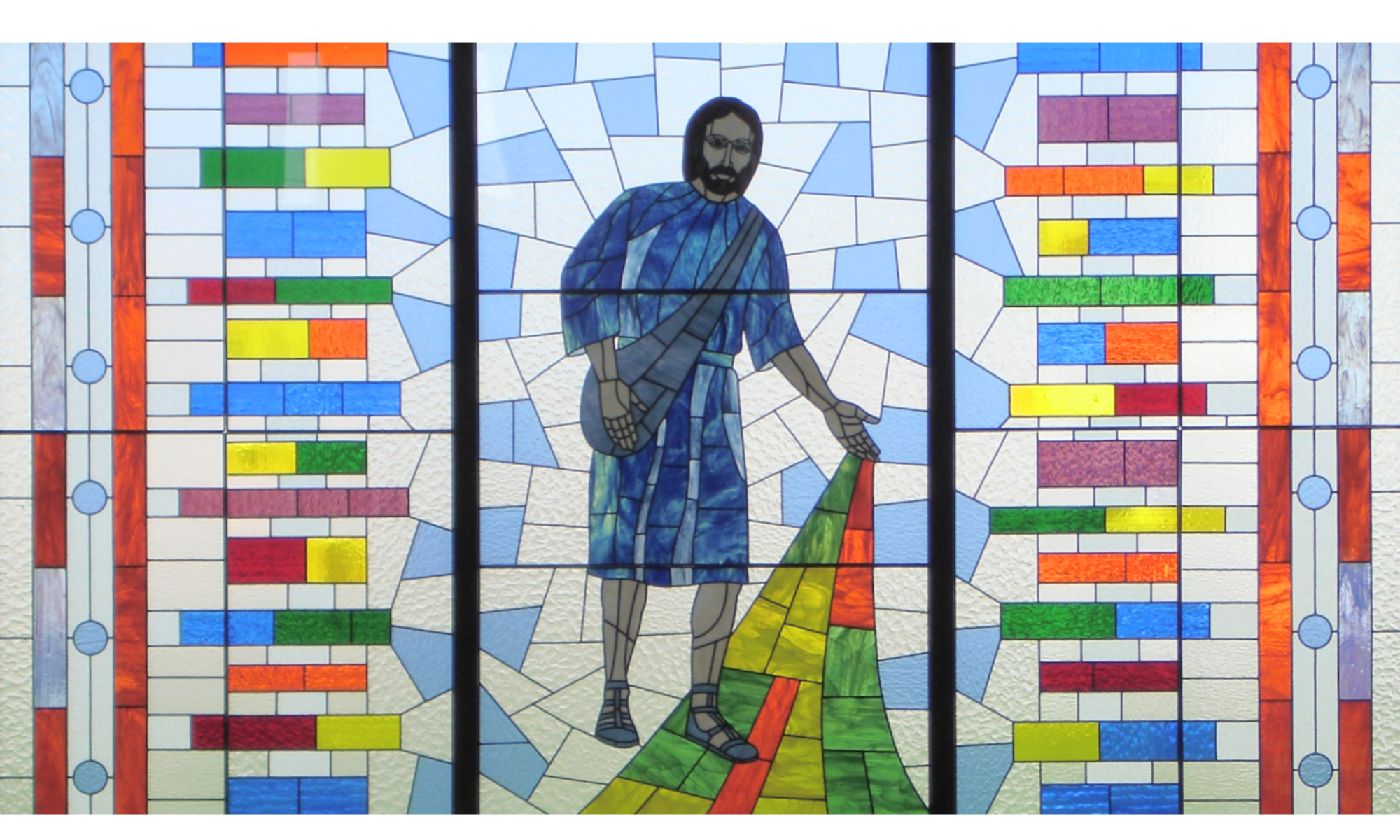Semănătorul (The Sower)
October 2022, Volume 3, Number 1
“Spiritum sanctum adoramus”: The ontology of the Spirit in Theodore of Mopsuestia
Michael A.G. Haykin
ABSTRACT
The article begins with reference to the creedal declaration of the Council of Constantinople (381). The God of the Scriptures has revealed himself as three co-equal persons—Father, Son, and Holy Spirit—who share one divine being to the full. The creed affirms that the Holy Spirit, ought to be worshipped and confessed together with the Father and with the Son. There follows a brief survey of the status of the Spirit from Athanasius in the late 50’s and also Basil of Caesarea in 375 to the precise wording of the pneumatological article of the Niceno-Constantinopolitan creed, which was issued in 381. Reference is made to those who opposed this direction of Trinitarian thought, i.e., the Pneumatomachi, later known also as “Macedonians,” who in the 370’s denied the full deity of the Spirit. The article focuses upon Theodore of Mopsuestia (352–428), who produced a number of exegetical and dogmatic works which were preserved among the Churches of the East, in Syriac and other Oriental languages. Theodore’s Disputation with the Macedonians, which was the record of a debate between Theodore and some Pneumatomachian bishops held at Anazarbus, the capital of the Roman province of Cilicia Secunda, is particularly highlighted here. Theodore spoke of the Holy Spirit’s hypostatic existence within the Godhead. While others could affirm that whereas the Son is eternally generated from the Father, the Spirit eternally proceeds from God, Theodore did not employ this description, but simply affirmed the Spirit’s divine nature and left the mode of his distinct existence as a mystery.
KEY WORDS:
DOI:
